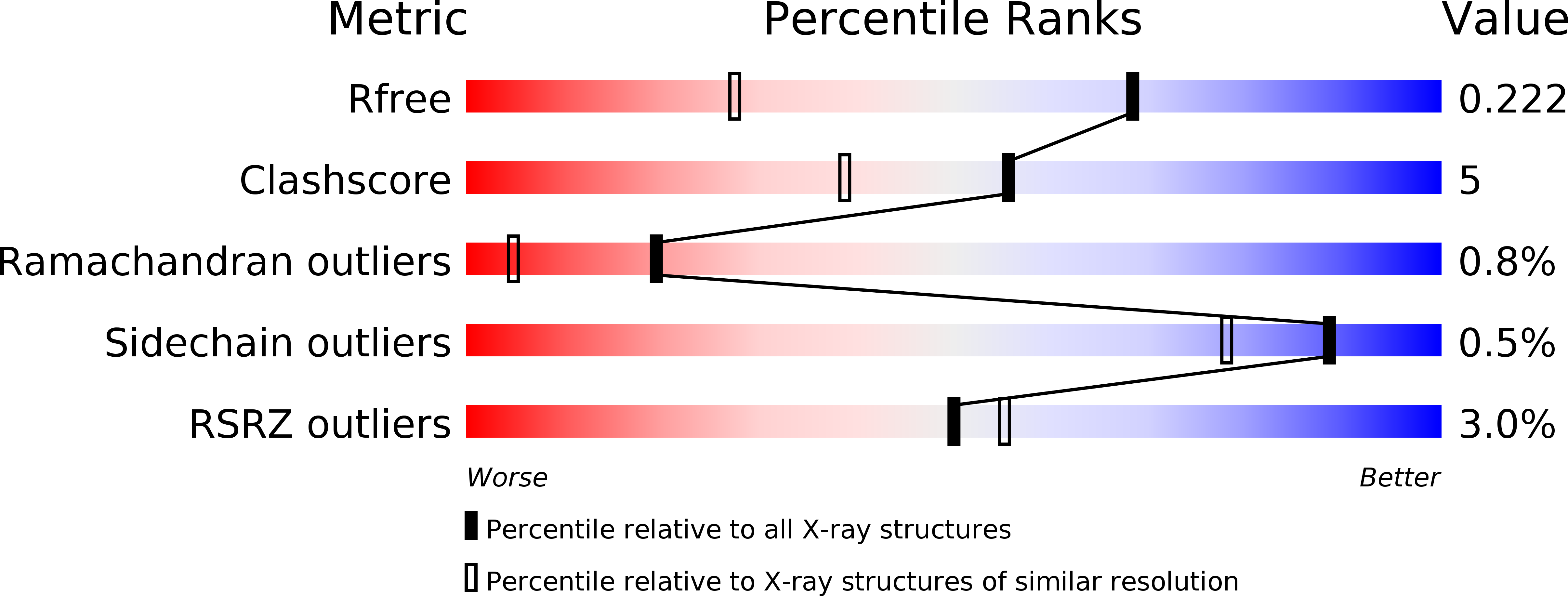
Deposition Date
2006-12-08
Release Date
2007-02-06
Last Version Date
2023-12-27
Entry Detail
Biological Source:
Source Organism:
Staphylococcus aureus subsp. aureus (Taxon ID: 158879)
Host Organism:
Method Details:
Experimental Method:
Resolution:
1.50 Å
R-Value Free:
0.22
R-Value Work:
0.19
R-Value Observed:
0.19
Space Group:
P 21 21 21


